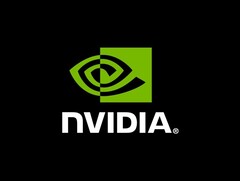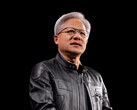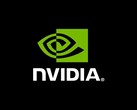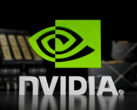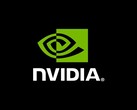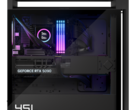Nvidia shared an op-ed by Aaron Ginn, co-founder of Hydra Host, arguing that U.S. export controls on the H20 data-center GPUs did not slow China's AI progress and instead curtailed U.S. Influence. In a post on X, Nvidia echoed his point that Washington's approach "stifled U.S. economic and technology leadership" and linked to his Wall Street Journal piece.
Ginn says the April to July 2025 H20 pause didn't prevent breakthroughs in China. He cites strong demand and alleged gray-market inflows that moved high-end Nvidia GPUs into China despite restrictions. He also argues that recent advances by firms such as Z.AI and the release cadence of DeepSeek demonstrate that China's AI progress relied on hardware beyond H20-class parts and continued regardless of U.S. policy.
Nvidia's moat is less about any single chip and more about its integrated platform. According to Ginn, the value sits in the software stack, CUDA, and the surrounding tools, tied tightly to the hardware roadmap. Without that stack, an Nvidia accelerator remains a costly silicon with limited use. Treating a single GPU as easily reverse-engineered misses where the value is: years of architecture, firmware, drivers, and developer support.
Ginn cites reports that Chinese buyers allegedly smuggled about $1 billion of Nvidia accelerators over three months, implying demand simply shifted outside normal trade. If true, that suggests blanket restrictions are porous and U.S. export restrictions only fuel parallel markets.
He further argues that the now-repealed "diffusion rule" overreached by grouping countries like Portugal and Switzerland with conflict zones such as Yemen and Ukraine for GPU access. In his view, the rule only weakens U.S. soft power and economic reach. Nvidia's public messaging also aligns with the notion that preserving the global reach of its "full-stack" platform is strategic to maintaining U.S. leadership.
Source(s)
WSJ (in English)




